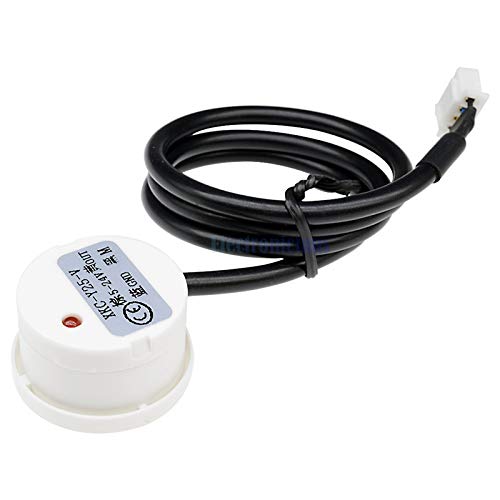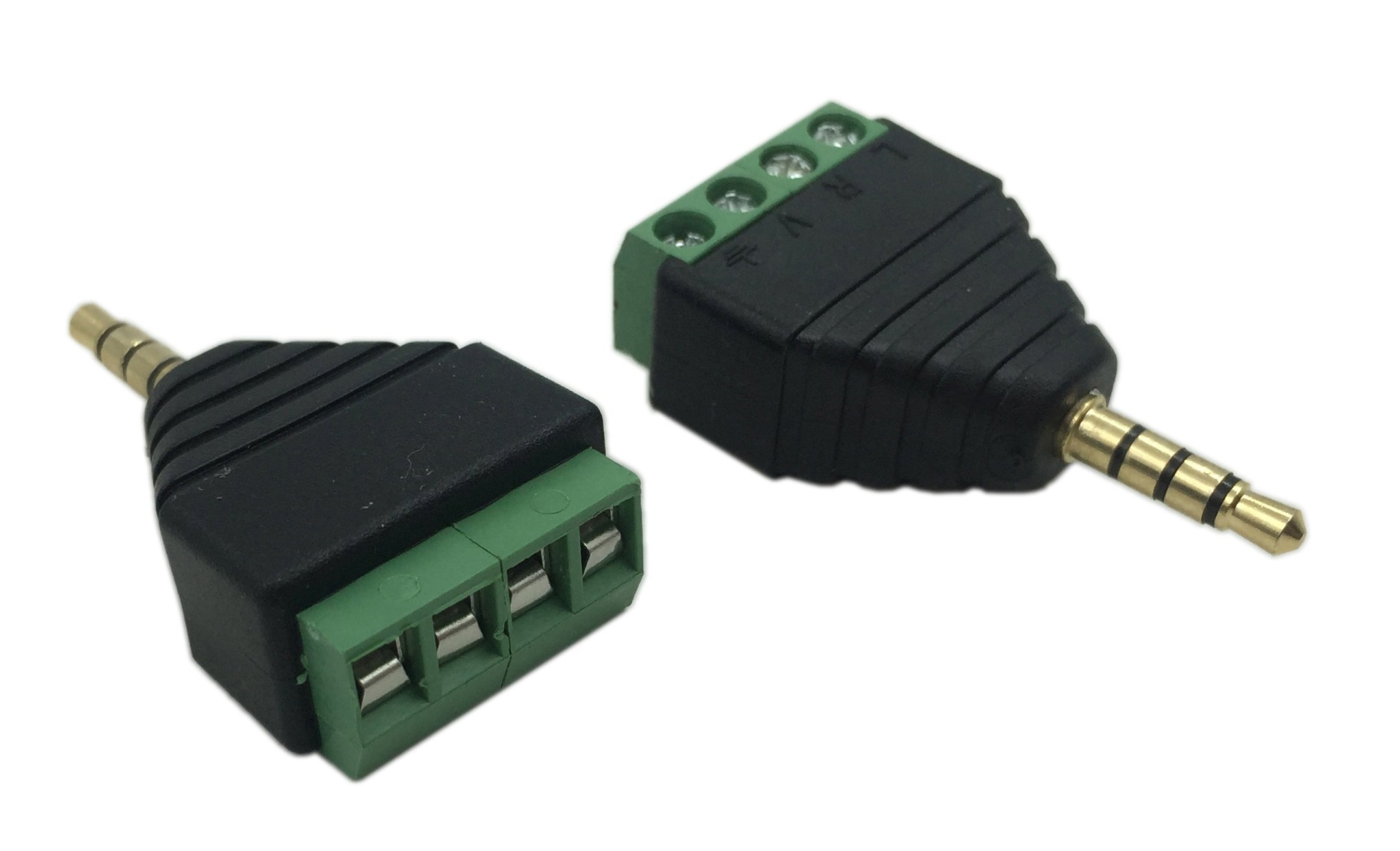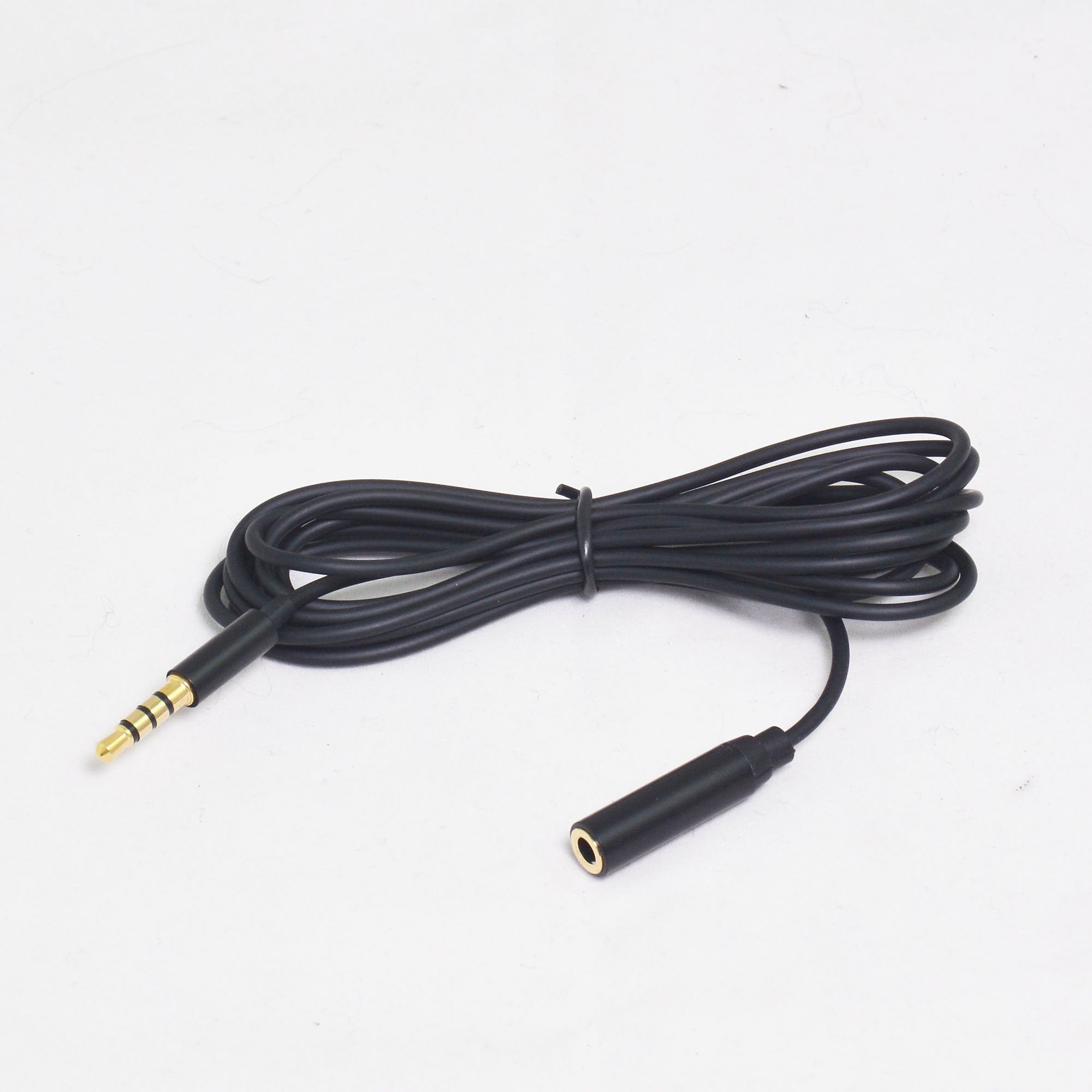- Joined
- Feb 2, 2016
- Messages
- 1,095
- Reaction score
- 1,070
I was looking into adding optical sensors to monitor my 2-part dosing container levels, but adding 2 OS-1Ms at $35 a pop wasn't appealing, especially since I just had to replace a OS-1 that died on me after just over 1 year of use. Ebay/amazon have identical looking optical sensors for much cheaper, but I wasn't sure if they would work or how they could connect to the FMM. Then I came across this thread: https://www.reef2reef.com/threads/apex-dos-diy-level-switch.246352/ (the bulk of which is not directly applicable) but in there, other users successfully attached 3.5mm TRRS connectors to these sensors and had them working in their FMMs. Some in that thread also mentioned contactless liquid level sensors working. Intrigued, I embarked upon this path and can happily report that indeed these contactless liquid level sensors can work! Much thanks to all those that pioneered this.
This is the sensor I am referring to. You can find these on ebay/amazon by searching for contactless liquid level sensor or non-contact liquid level sensor:

I got mine for about $8 from a US dealer on ebay, but you can get them for much cheaper if you are willing to wait for shipping from China.
You just stick these on the outside of your liquid container and it can detect the liquid level. No worries about water droplets, salt creep, bent cables, etc. that plague the optical sensors.
You cut the connector off, and strip the cables. You then attach the cables to a 3.5mm TRRS connector. If you are skilled in soldering, then just get a typical TRRS 3.5 mm connector. If not, you can do like me and get one of these (search for 3.5mm 4 Pole TRRS Male to 4 Screw Terminal Female):

I got a 2-pack for about $7 on amazon ().
Now, which wires do you connect to which plug? From the 4-screw terminal above, from tip (furthest away from base) to sleeve (closest to base), it goes L, R, V, ground.
From the sensor, the yellow wire is signal, which goes to the tip (L). The black wire is M, which goes to (R). The Brown wire is power, which goes to (V), and the blue wire is ground. I read another user stating that M was not used and that it might be for sensitivity adjustments. I found that M affects the polarity of the signal, so this would affect whether FMM reads Closed or Open when liquid is detected. This is how I wired mine:

The problem with the FMM is that the jack is recessed in the housing, and many 3.5mm connectors are too fat to fully insert the jack. I solved this by getting a thin 3.5mm TRRS extension, which I needed anyways since the sensor cable is pretty short. This one from amazon works well ():

I got this 2-pack for $8.
Plug into the FMM, and configure it as an optical sensor. Make sure the sensor works, the red signal lights up when liquid is detected in a container and goes away when liquid is not detected in a container (or below and above the liquid line in a container). In apex, If you wired M, the switch should read as Closed when liquid is detected and Open when no liquid is detected. If you did not wire M, then it will read Open when liquid is detected and Closed when no liquid is detected. Then just stick this on your container and program away.
Here is mine:

I now need to find a better adhesive. I used double-sided tape and it seems to work for the time being, but I would like something a little stronger, but less permanent than super glue. You should test whatever adhesive you will use to make sure the sensor will still detect liquid through it.
Warning: I am using this solely to alert me when my 2-part containers get low. I have no idea how reliable these sensors are and if you try this on mission-critical applications like controlling an ATO pump and it fails on you, you do so at your own risk.
Total: ~$23 for 2 sensors and cables, so ~$12 each. Again, if you can solder and are willing to wait on China shipping, you can do it for much cheaper. If the sensor fails, you only need to replace the sensor at ~$8 (you don't need to replace the cables).
This is the sensor I am referring to. You can find these on ebay/amazon by searching for contactless liquid level sensor or non-contact liquid level sensor:

I got mine for about $8 from a US dealer on ebay, but you can get them for much cheaper if you are willing to wait for shipping from China.
You just stick these on the outside of your liquid container and it can detect the liquid level. No worries about water droplets, salt creep, bent cables, etc. that plague the optical sensors.
You cut the connector off, and strip the cables. You then attach the cables to a 3.5mm TRRS connector. If you are skilled in soldering, then just get a typical TRRS 3.5 mm connector. If not, you can do like me and get one of these (search for 3.5mm 4 Pole TRRS Male to 4 Screw Terminal Female):

I got a 2-pack for about $7 on amazon ().
Now, which wires do you connect to which plug? From the 4-screw terminal above, from tip (furthest away from base) to sleeve (closest to base), it goes L, R, V, ground.
From the sensor, the yellow wire is signal, which goes to the tip (L). The black wire is M, which goes to (R). The Brown wire is power, which goes to (V), and the blue wire is ground. I read another user stating that M was not used and that it might be for sensitivity adjustments. I found that M affects the polarity of the signal, so this would affect whether FMM reads Closed or Open when liquid is detected. This is how I wired mine:
The problem with the FMM is that the jack is recessed in the housing, and many 3.5mm connectors are too fat to fully insert the jack. I solved this by getting a thin 3.5mm TRRS extension, which I needed anyways since the sensor cable is pretty short. This one from amazon works well ():

I got this 2-pack for $8.
Plug into the FMM, and configure it as an optical sensor. Make sure the sensor works, the red signal lights up when liquid is detected in a container and goes away when liquid is not detected in a container (or below and above the liquid line in a container). In apex, If you wired M, the switch should read as Closed when liquid is detected and Open when no liquid is detected. If you did not wire M, then it will read Open when liquid is detected and Closed when no liquid is detected. Then just stick this on your container and program away.
Here is mine:
I now need to find a better adhesive. I used double-sided tape and it seems to work for the time being, but I would like something a little stronger, but less permanent than super glue. You should test whatever adhesive you will use to make sure the sensor will still detect liquid through it.
Warning: I am using this solely to alert me when my 2-part containers get low. I have no idea how reliable these sensors are and if you try this on mission-critical applications like controlling an ATO pump and it fails on you, you do so at your own risk.
Total: ~$23 for 2 sensors and cables, so ~$12 each. Again, if you can solder and are willing to wait on China shipping, you can do it for much cheaper. If the sensor fails, you only need to replace the sensor at ~$8 (you don't need to replace the cables).

















